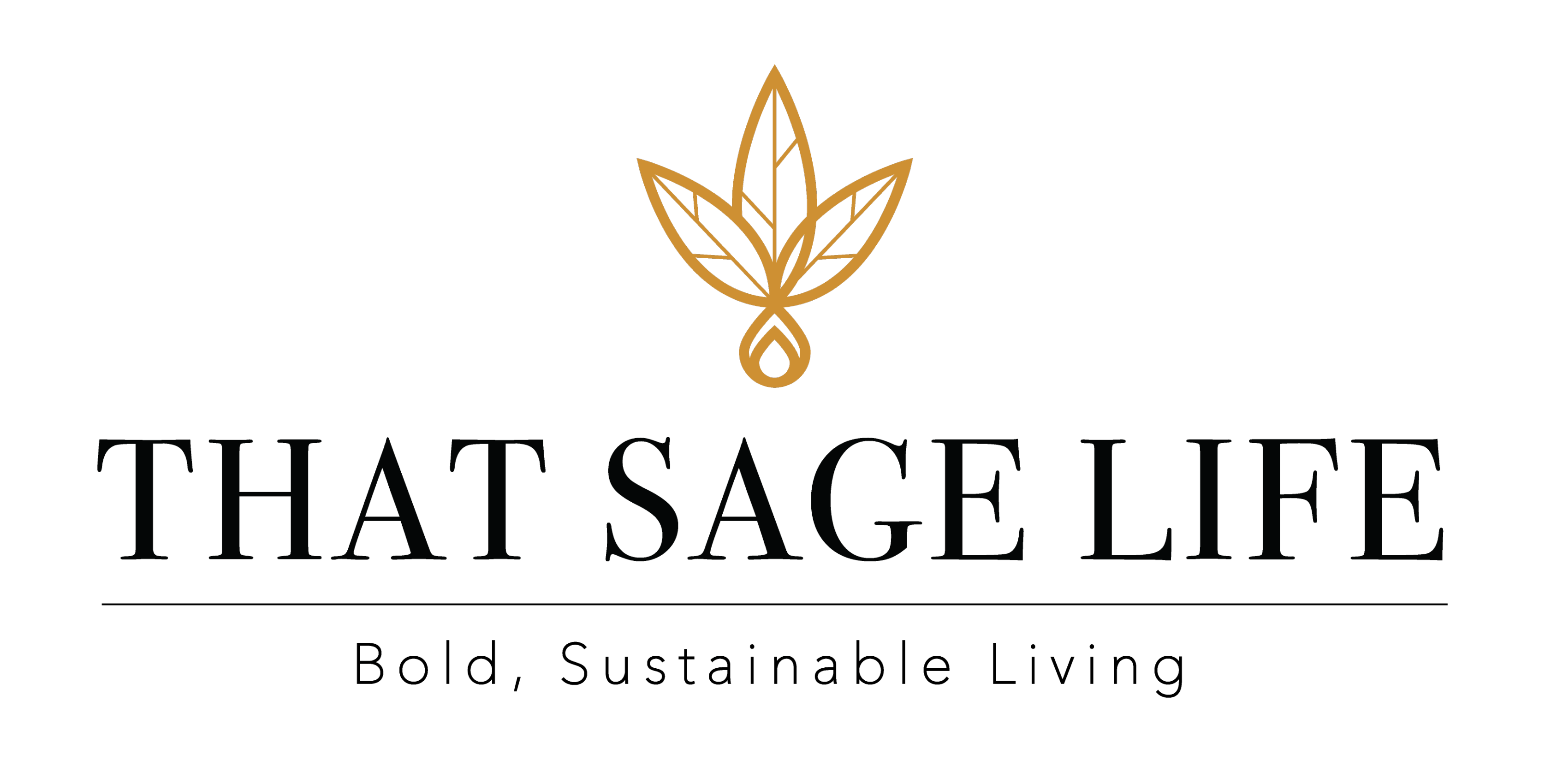What is a homestead?
A homestead is more than just a piece of land—it’s a way of life rooted in self-sufficiency, sustainability, and connection to the earth. Traditionally, a homestead includes a home and land where a family grows food, raises animals, and works to live as independently as possible. While the image may conjure rustic cabins and rural fields, modern homesteads can be found anywhere, from country acreage to urban backyards.
So why is homesteading important today? In a fast-paced world reliant on supply chains and technology, homesteading offers resilience. It allows people to produce their own food, reduce waste, and live more intentionally. We saw an increased in importance of these skills and requirements in 2020 when the pandemic hit—many stores were closed, many necessary items were limited or unavailable due to both over-purchasing and lack of availability from international logistics, and many were not allowed to even leave their homes.
Homesteading also fosters skills, community, and a deeper understanding of nature. For many, it’s also a path to personal fulfillment and a simpler, more meaningful lifestyle. Whether you're growing tomatoes on a balcony or managing a full-scale farm, homesteading is about taking control of your needs and nurturing a life of purpose and sustainability.
Homesteading includes a wide range of practices focused on self-reliance, sustainability, and living off the land. While every homestead looks different depending on location, resources, and personal goals, here are the most common elements included in homesteading:
🥕 Food Production
-
Gardening – Growing fruits, vegetables, and herbs.
-
Orchards & Berry Bushes – Producing perennial food sources.
-
Greenhouses – Extending the growing season.

🐓 Animal Husbandry
-
Raising Chickens – For eggs and/or meat.
-
Goats, Sheep, or Cows – For milk, meat, and fiber.
-
Beekeeping – For honey and pollination.

🧑🍳 Food Preservation
-
Canning – Preserving fruits, vegetables, sauces, and jams.
-
Fermenting & Pickling – Extending shelf life and enhancing nutrition.
-
Freezing & Drying – Storing food for long-term use.

🔨 Homemade & Handmade
-
Soap & Candle Making – Reducing reliance on store-bought items.
-
Sewing & Knitting – Making or mending clothes and household goods.
-
DIY Repairs – Fixing and building your own infrastructure.
🪵 Sustainable Living
-
Composting – Reducing waste and building soil health.
-
Rainwater Harvesting – Collecting and using water efficiently.
-
Solar Power or Wood Heat – Energy independence.
📚 Skills & Education
-
Learning Traditional Skills – From foraging to herbal medicine.
-
Teaching & Sharing Knowledge – Often within homesteading communities.
🧘 Mindset & Lifestyle
-
Simplicity & Minimalism – Prioritizing what matters.
-
Connection to Nature – Working with natural cycles and the seasons.
-
Community Involvement – Sharing resources, bartering, and mutual aid.
Homesteading isn’t about perfection—it’s about progress. Whether you grow a single tomato plant or manage a thriving mini-farm, every step toward self-sufficiency counts.
That Sage Homestead is far from being solely self-reliant, but every homestead starts somewhere. I look forward to sharing what we learn along the way of growing the homestead and how it can applied to Sage's key pillars.


